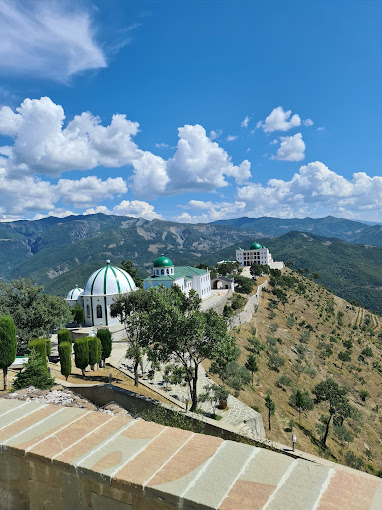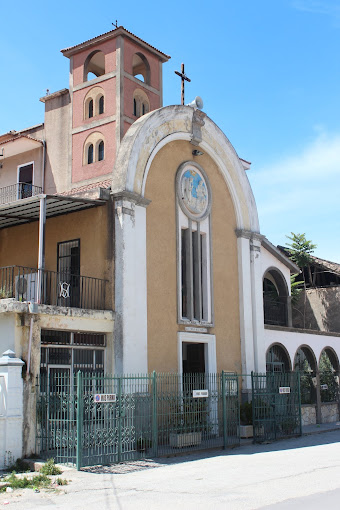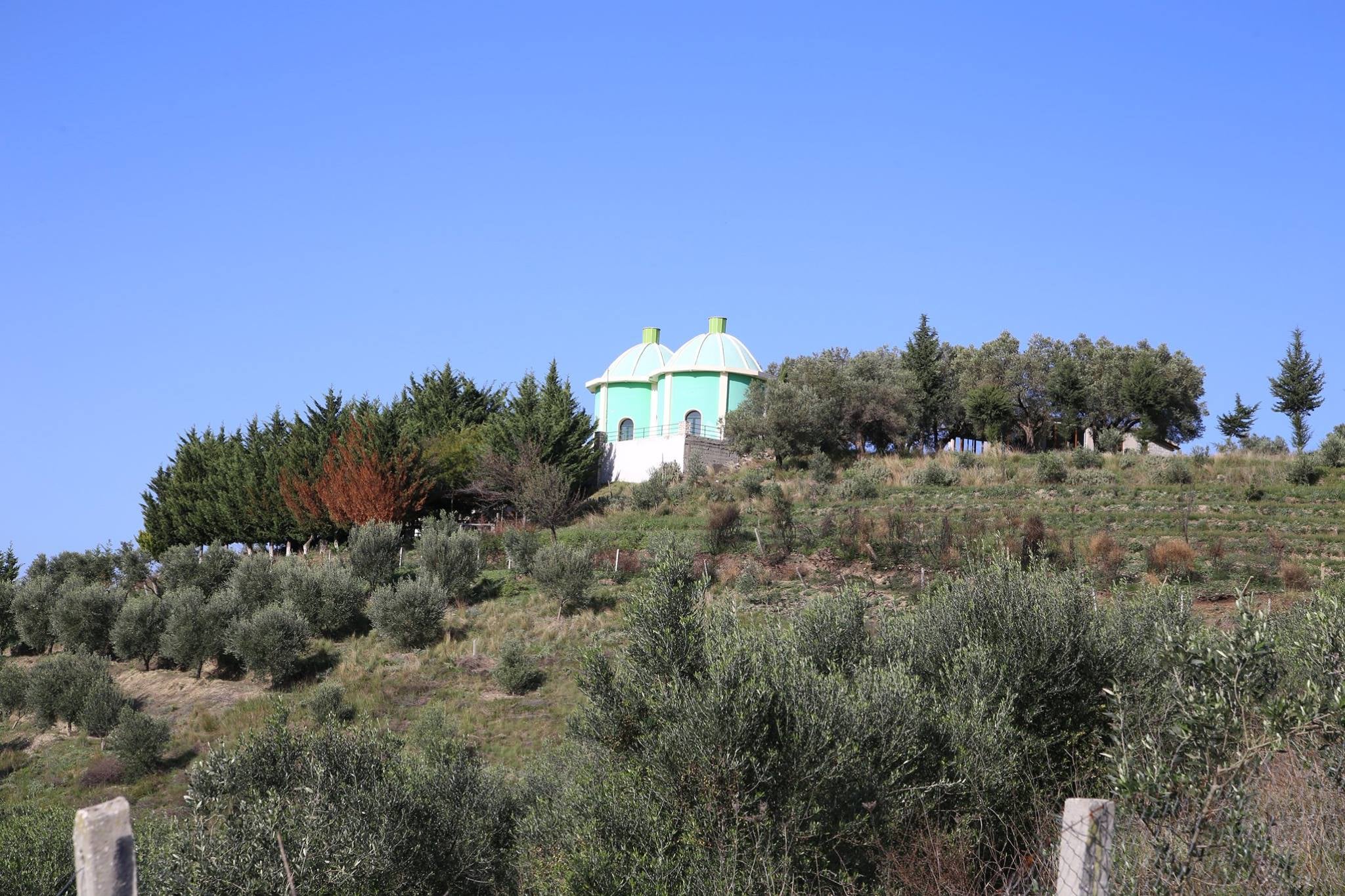The Quarter "Gorica" lies on the lower part of a hilly elevation, creating an epic view crowned at the top with a fortification of the ancient period. In this location, the Osum River separates the neighborhood from the rest of the city, and the only means of communication was the Gorica Bridge. In the 17th century, according to Çelebiu's report, the neighborhood had 200 houses, while the architectural structure of the houses today has undergone deep reconstruction after the devastating earthquake of 1851. Some houses and gates, with views that include the date of the reconstruction period of the second half of the 19th century, bear evidence of this period.
The relief of the neighborhood is divided into two zones, where the upper zone is mainly characterized by small and medium-sized dwellings, located close to each other due to the height of the terrain. On the lower side near the Osum River, the terrain is looser and the buildings have a more open layout. Here we find several large dwellings, often with the characteristic of a gazebo, which seem to belong to the period of the 18th century. These flats were owned by the wealthy strata of the city, unlike the flats of the upper belt, which had owners mainly from the middle strata of the city. In the center of the neighborhood, the line of houses is broken by the presence of the church of Saint Spyridon, a basilica church that builds the cultural landscape of the neighborhood.
Due to its position, the "Gorica" neighborhood appears less illuminated during the year, since the sun's rays affect this area less compared to the "Mangalem" neighborhood.




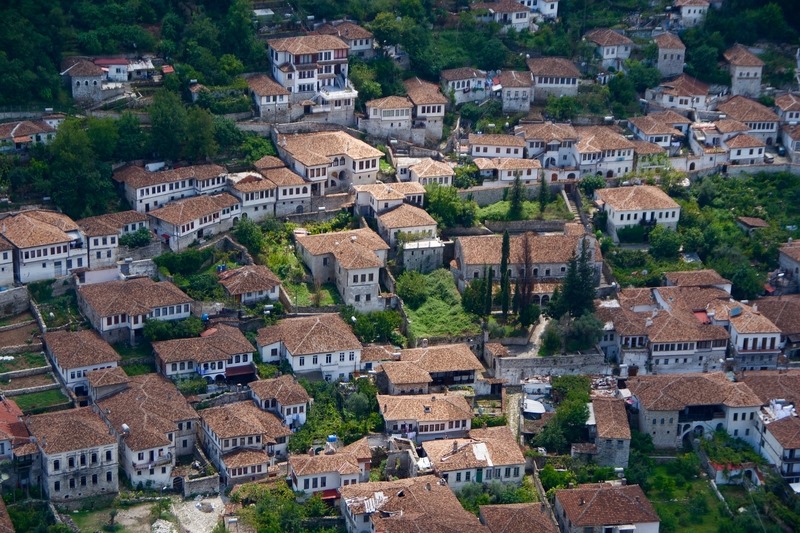
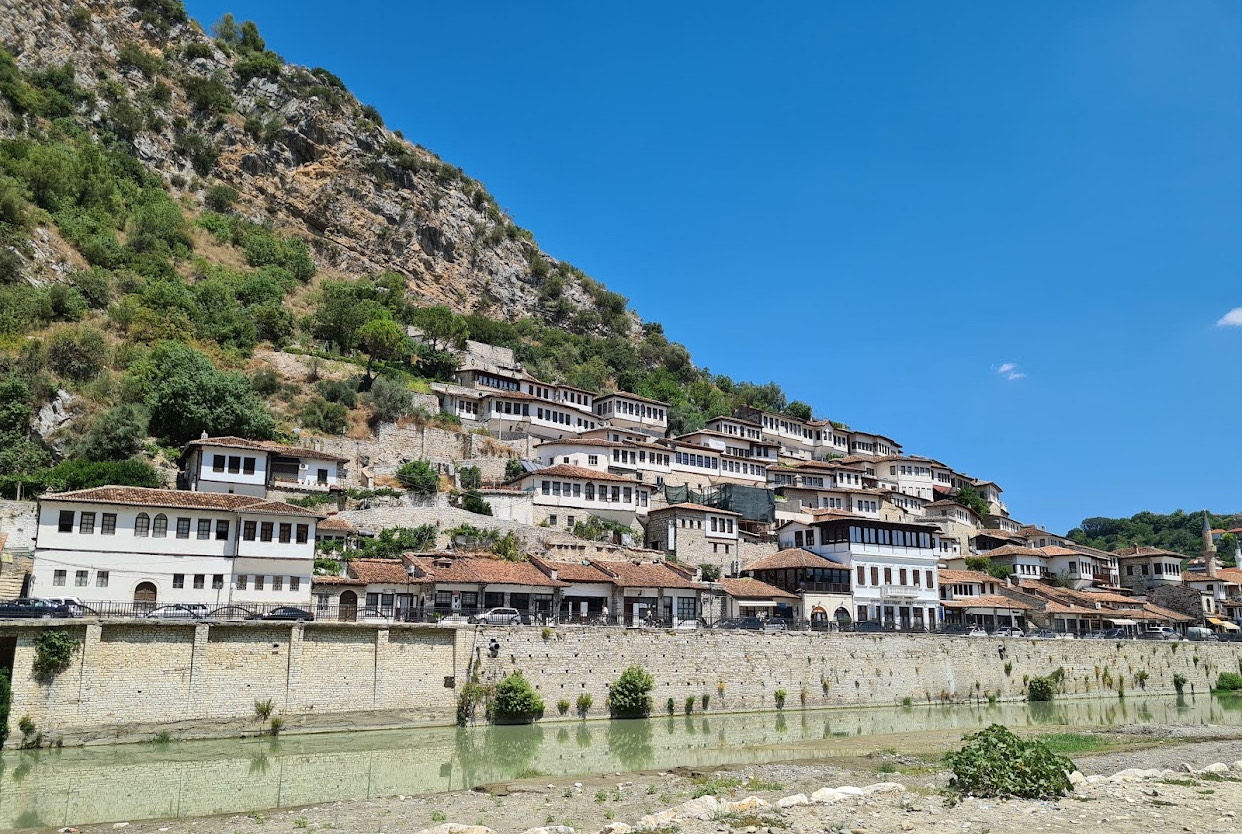

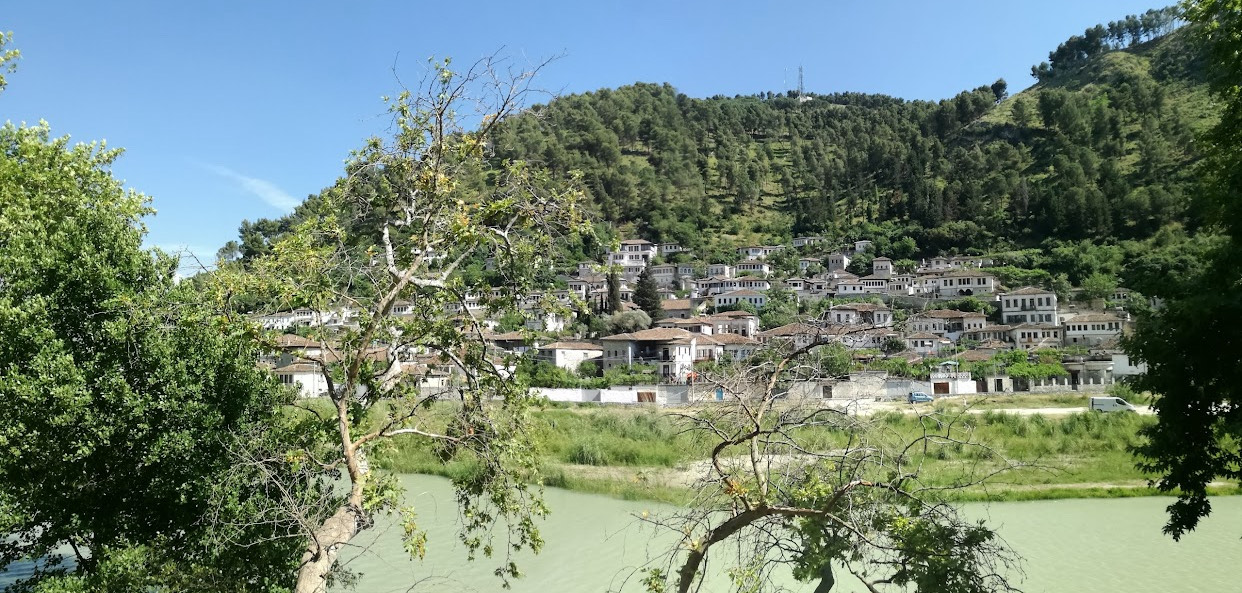
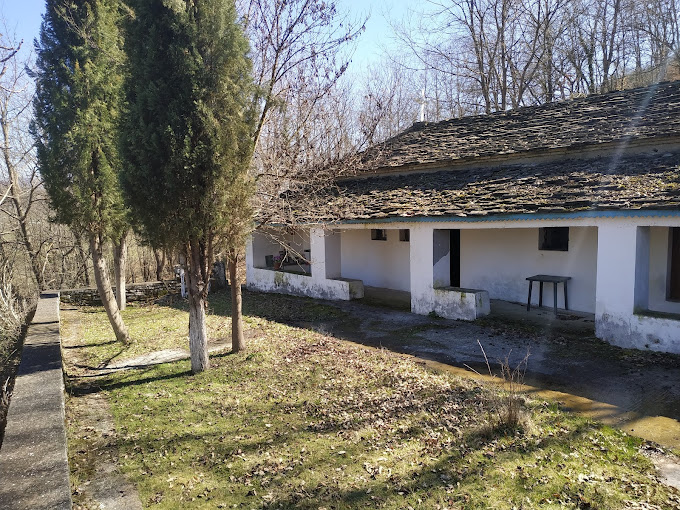
.png)
.png)
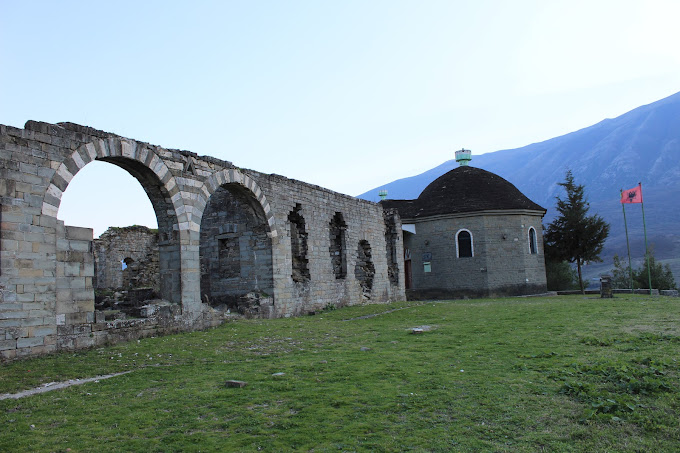
.png)
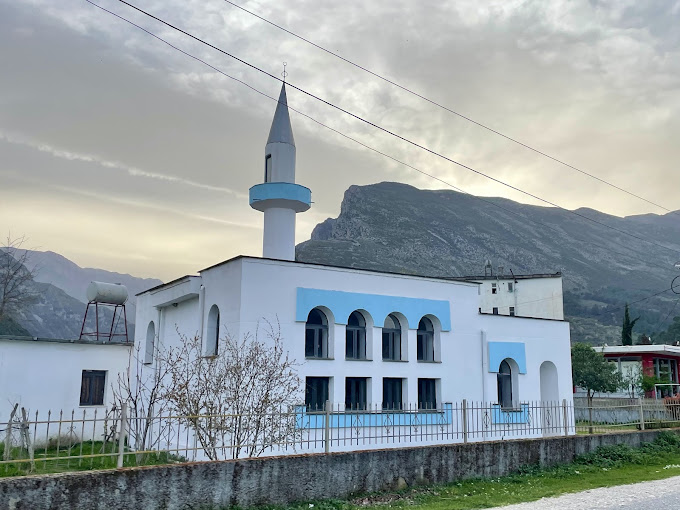
.png)
